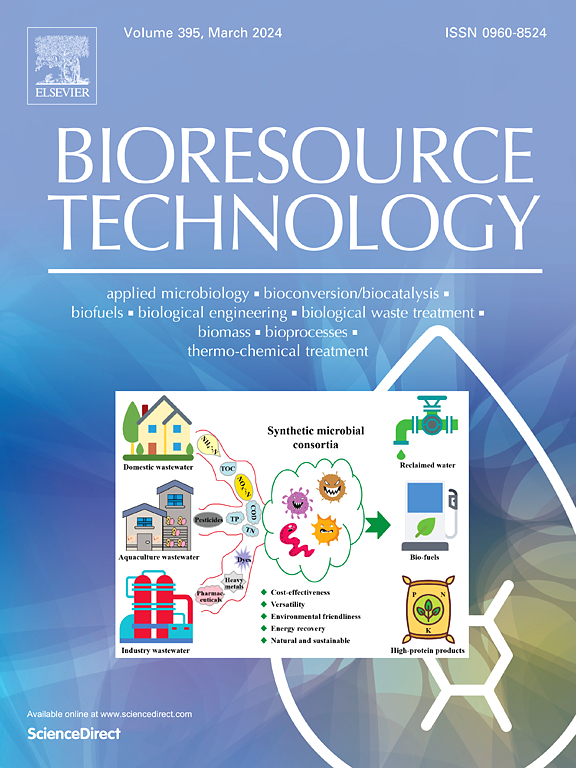Engineered mycosporine-based glucoconjugates by enzymatic cascade: Towards innovative ultraviolet filters and antioxidant compounds
IF 9.7
1区 环境科学与生态学
Q1 AGRICULTURAL ENGINEERING
引用次数: 0
Abstract
Mycosporine-serinol (MSer(OH)) is a small natural molecule with unique ultraviolet (UV) absorbing and antioxidant properties, but its hydrophilic and instable structure hampers its formulation for applications. Inspired by the fact that certain mycosporines are naturally glycosylated, this work assessed the development of an enzymatic route for the glucosylation of MSer(OH) using sucrose, a cheap and abundant resource. The newly characterized α-transglucosylase GS-D Δ1, from Ligilactobacillus animalis DSM 20602, stood out for its ability to glucosylate 96 % of MSer(OH) by grafting 1 to 3 glucosyl units. Then, an enzymatic cascade was established to produce various glucosylated-MSer(OH) differing in terms of linkage specificity and chain length. Their photostability and antioxidant capacities match those of free MSer(OH) or well-known antioxidants, making them potential competitors to commercial sunscreens. Notably, a MSer(OH)-based dextran chain over 108 g.mol−1 exhibited promising properties for cosmetic or medical formulations, as well as anti-UV bio-based materials.
酶级联工程菌素葡萄糖缀合物:创新紫外线过滤器和抗氧化化合物。
真菌孢素丝氨酸醇(MSer(OH))是一种天然小分子,具有独特的紫外吸收和抗氧化性能,但其亲水性和不稳定的结构阻碍了其配方的应用。受到某些真菌孢素天然糖基化这一事实的启发,这项工作评估了利用蔗糖(一种廉价而丰富的资源)进行MSer(OH)糖基化的酶促途径的发展。新鉴定的α-转葡萄糖化酶GS-D Δ1来自动物脂乳杆菌DSM 20602,通过接枝1到3个葡萄糖基单位,使96% %的MSer(OH)葡萄糖化。然后,建立了一个酶级联,产生不同的糖基化mser (OH),其连锁特异性和链长不同。它们的光稳定性和抗氧化能力与游离MSer(OH)或众所周知的抗氧化剂相当,使它们成为商业防晒霜的潜在竞争对手。值得注意的是,MSer(OH)基右旋糖酐链超过108 g。mol-1在化妆品或医疗配方以及抗紫外线生物基材料方面表现出很好的性能。
本文章由计算机程序翻译,如有差异,请以英文原文为准。
求助全文
约1分钟内获得全文
求助全文
来源期刊

Bioresource Technology
工程技术-能源与燃料
CiteScore
20.80
自引率
19.30%
发文量
2013
审稿时长
12 days
期刊介绍:
Bioresource Technology publishes original articles, review articles, case studies, and short communications covering the fundamentals, applications, and management of bioresource technology. The journal seeks to advance and disseminate knowledge across various areas related to biomass, biological waste treatment, bioenergy, biotransformations, bioresource systems analysis, and associated conversion or production technologies.
Topics include:
• Biofuels: liquid and gaseous biofuels production, modeling and economics
• Bioprocesses and bioproducts: biocatalysis and fermentations
• Biomass and feedstocks utilization: bioconversion of agro-industrial residues
• Environmental protection: biological waste treatment
• Thermochemical conversion of biomass: combustion, pyrolysis, gasification, catalysis.
 求助内容:
求助内容: 应助结果提醒方式:
应助结果提醒方式:


